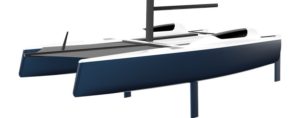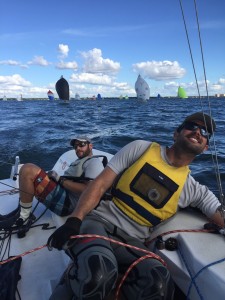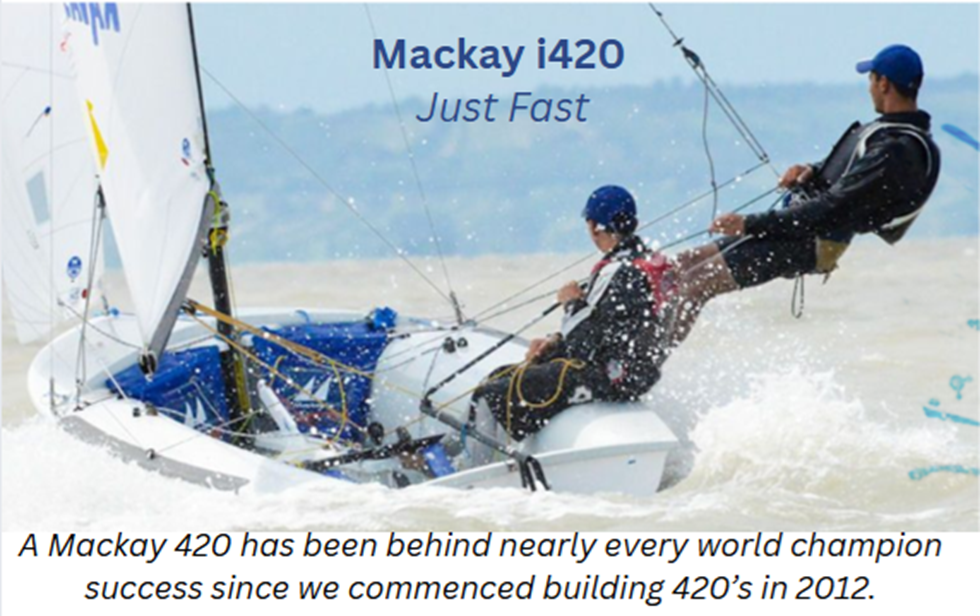
Stiletto is not just a boat. To us, its an icon of a way of life. Not only did Stiletto Manufacturing founder, Jay Phillips, start a 30 year charter and performance sailing career with a Stiletto Day Sail Charter Business, but he and his wife sailed a Stiletto right up to their beach wedding on North Captiva.
Stilleto Manufacturing is HIRING full-time Multihull Captains & Coaches
Brothers, Ron and Andy Nicol have been with Stiletto from the beginning working in the original FORCE engineering team and later buying the brand. Together, they have been supplying refit Stiletto Classics and parts to Stiletto owners for nearly 35 years.
COMMITTED TO PRODUCE PERFORMANCE BOATS AND PERFORMANCE SAILORS
The exhilarating Stiletto has bred some of the best sailors in the sport today such as Brad Reed, Tucker Thompson, and Dave Calvert. Stiletto believes that our mission is not only to produce attainable fast sailboats but to help make great sailors. That’s why teaching is such an important part of our brand.

As much as we believe in educating the next generation of sailors, we commit to staying on the cutting edge of technology. When Stiletto was first introduced, it was the lightest, fastest boat on the market. We’re committed to maintain this same level of excellence and innovation with any new Stiletto Models.
We aim to be responsive to customer inquiries, and support the owner community by facilitating regional events, publishing regatta information, and promptly responding to parts and warranty needs for the new Stiletto X Series. As a continued commitment, Stiletto Manufacturing aims to further the innovation on all models by publishing great owner-contributed ideas, upgrades, and modifications here on SailStiletto.com within the Wildjibe Newsgroup and Yachtrodding Blog.
Stilleto Manufacturing is HIRING full-time Multihull Captains & Coaches
Blog
Exciting News From Selden Mast!
Rollin’ a Fatty It’s no mistake that today’s boat builders offer furling masts on nearly all models. Cruising sailors choose the configuration because of the ease of use when it’s time to set our douse the main sail. Rolling the main along the long edge means less work for the crew and less time to transition between sailing and non-sailing modes.
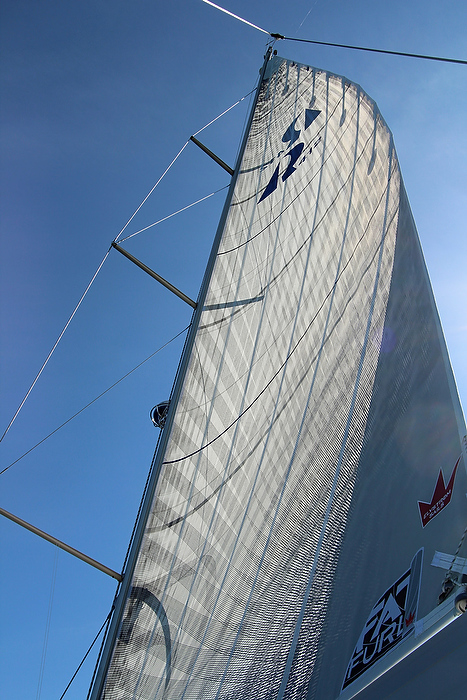
“In mast furling has been available for years but sailors are always torn between the convenience of in mast furling and the performance of a conventional main sail. Now you can have it all!”, said Scott Alexander of Seldén Mast USA with a grin. He continued, “It’s really because of the sail Elvstrom has built and the way we build our rigs. Both are top performing products and by putting them together, now performance furling main sails are reality. It’s in the details. For example, Seldén is the only mast builder that suspends the main sail luff rod at the top of the mast to create a tensioning effect. We’ve built our masts this way for years, but now the payoff is a furling mast that performs so well that it can handle the higher performance Elvstrom sail. Now you can have in mast furling convenience with the performance of a conventional rig”.
It seems now we may be welcoming a time when sailors no longer have to choose between convenience and performance, but instead can enjoy both due to the exceptional performance of the Seldén furling mast and Elvstrom FatFurl performance main sail.
Photos courtesy of Elvstrom Sails, UK on a Hallberg-Rassy yacht.
More information can be found at the Seldén and Elvstrom sites:
Selden Mast: www.seldenmast.com
Elvstrom Fat Furl: http://www.elvstromsails.com/cruising/main-sails/furling-main/fatfurl-in-mast
Zim Sailing Expands!

One Design Class Profile: Viper 640

The Viper 640 Class will celebrate its 20th anniversary this year, and even after two decades on the water, the class is experiencing more growth than ever before. Both the number of events hosted by the class and the attendance levels per regatta are on the rise, making 2016 a very promising year for the class. With its first ever unofficial world championships, labeled the “International Championships” scheduled for mid-November in Bermuda, and already 51 boats registered, now is certainly the time to check out this exciting little sport boat.
The boat was designed by Brian Bennett in 1996 as a 3 to 4 crewed affordable sport boat for the amateur and experienced sailor alike. It’s simple to rig and tune, and yet is athletically challenging to sail, making it an awesome platform for the weekend warrior to hit the road, as well as for the experienced “pro” teams to grind it out at championship level events.
The class enjoys a relatively packed schedule with events all over the country (as well as internationally), at both the local and national level. This past year’s North American Championship was the most heavily attended regatta in the class’s history with 53 boats on the starting line. Hosted by the Larchmont Yacht Club in mid-October, this event saw a full range of conditions over the 4 days of sailing ranging from near drift conditions to upwards of 30 knots mid-regatta. In addition to 2015’s successful NAs, the Viper also hosted its second annual Winter Series, with over 25 boats at each event. The series consists of three regattas (one in December, January, and February), and is hosted by the Sarasota Sailing Squadron on the Gulf Coast of Florida. A unique format, in which each boat may drop 30% of their cumulative scores, makes it possible (although difficult) for the overall winner to compete in only 2 out of the 3 regattas. The squadron does a phenomenal job of hosting the fleet with a very laid back atmosphere at the boat park. This, coupled with PRO Ron Pletch’s “bang-em-out” approach to running races, guarantees that sailors get their money’s worth both on and off the water. In addition to the individual regattas, North Sails One Design rep, Zeke Horowitz, also led a clinic for any and all Viper sailors prior to the first regatta of the series this year. Following the Winter Series, the Viper’s next major event is the Bacardi Miami Sailing Week in early March. With 27 boats already registered, this event is becoming the largest single winter regatta for the class, to be followed up in April by the greatest one design regatta of the year, Charleston Race Week. In addition to all of these awesome events, the Gulf Yachting Association has recently chosen the Viper to become its official boat of the Capdevielle beginning in 2018, thereby replacing the Flying Scot, making for an exciting few years to come for the Gulf Coast.
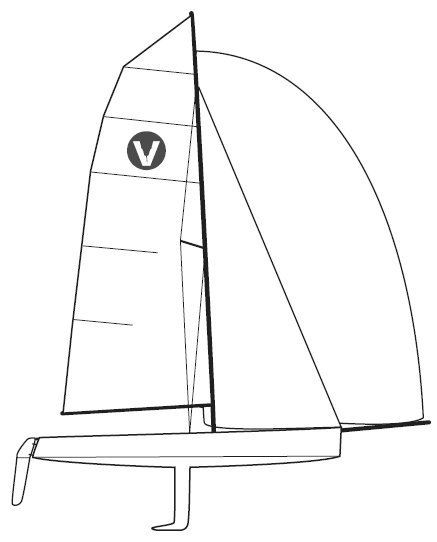
Club Profile: Lake Lanier Sailing Club

Lake Lanier Sailing Club, Inc. is a private, family oriented club that is involved in all aspects of the sport of sailing with a special emphasis on racing. The Club is located on a beautiful lake-front compound near Flowery Branch, Georgia, with a large clubhouse, campground, beach, bathing facilities, 88 wet slips, and dry storage facilities that accommodate more than 200 trailered boats. Members compete in numerous One-Design, Portsmouth / Dinghy and Auxiliary / PHRF fleets at local, regional and national levels.
We also have a very active Junior Sailing program, organized as a 501(c)(3) corporation, and we are proud to host the Georgia Tech Sailing Club and the University of Georgia Sailing Club to promote the sport in college students. We are affiliated with US Sailing (USS), South Atlantic Yacht Racing Association (SAYRA) and Dixie Inland Yacht Racing Association (DIYRA).
The Club was founded in 1959, shortly after Lake Lanier was filled, and first occupied a parcel of land near Holiday Marina where members constructed a launching ramp and boat repair shed. The Club’s present location, near Flowery Branch, Georgia, was acquired in 1960, and is located on land which is partly owned by the Club and partly leased from the Army Corp of Engineers. Club members and their families cleared the land and constructed the initial facilities consisting of a boat storage area and ramp.
The Clubhouse or pavilion was constructed mainly by Club members between 1963 and 1967. Since then it and other facilities have gradually been improved. We have two paved boat ramps, paved boat storage and parking areas, five auxiliary sailboat docks, four for small boats launching, race committee shack, work area, camping area and swimming beach.
The Activities of Lake Lanier Sailing Club have traditionally been organized and carried out by the members and their families. The Club does not have a large staff, and in fact has only one full time employee. Successful operation of the Club therefore requires member participation. A new member of the Club should expect to be asked to assist with Club activities such as regatta management, race committee, social affairs and work parties.
For more information regarding membership, please visit the Membership Inquiries page. We’d love to hear from you!
NewsFlash: Lake Lanier Sailing Club is Hiring!
Club Profile: Manhattan Sailing School
Have you ever DREAMED of SAILING? This is your opportunity. Don’t let your ship pass you by.
Manhattan Sailing School is HIRING!!
Sign up for Basic Sailing today!
NEWS FLASH – Basic Sailing is being offered at the
SPECIAL LOW PRICE of $390 from our Jersey City location for a limited time only! (reduced from $590)
Gift certificates available at the special low price!
“Manhattan Sailing School is the largest and most respected such organization
operating in the New York Harbor.” — Time Out NY
Your sailing career starts here! Basic Sailing is the foundation for all your future sailing knowledge. The subjects you will learn in Basic Sailing are:
- Sailing Terminology
- Points of Sail
- Rigging & Derigging
- Hoisting & Trimming Sails
- Tacking & Jibing
- Sailing by the Lee
- Proper Commands
- Docking & Securing a Boat
- Important Knots
- Basic Navigation Rules
- Man Overboard
